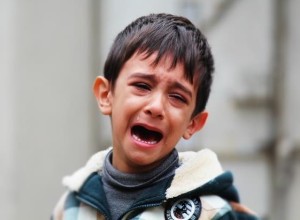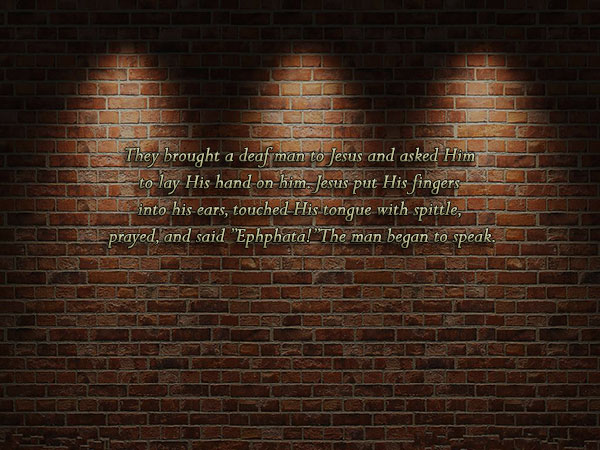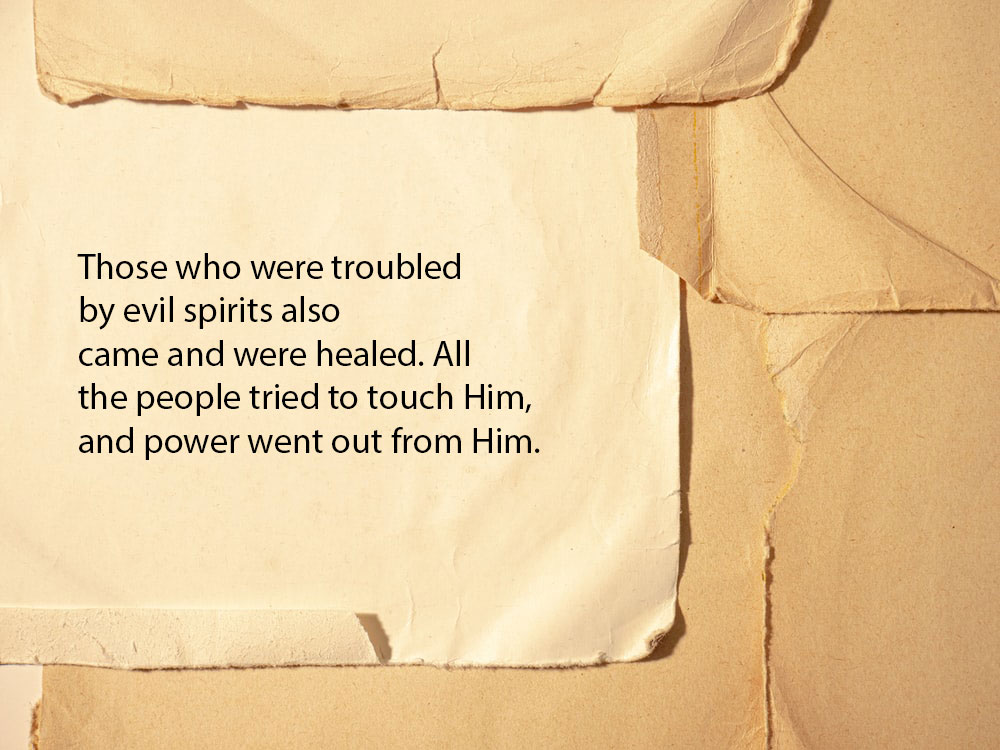 His face turned red and twitched like he always does. His eyes were turning red and tears started to swell. The boy started to cry. Sobbing he rubbed his eyes and face. Let me call him James not his real name though, he began stomping his feet then he rolled on the floor. He was adamant and wailed louder and louder. Crawling under his table, there was no stopping.
His face turned red and twitched like he always does. His eyes were turning red and tears started to swell. The boy started to cry. Sobbing he rubbed his eyes and face. Let me call him James not his real name though, he began stomping his feet then he rolled on the floor. He was adamant and wailed louder and louder. Crawling under his table, there was no stopping.
His frustration was insurmountable for him. Reaching out to him, he shoved my hands away. He sobbed louder when I turned my back to give him some space to calm down.
Why do children cry? Some of these children are inconsolable and nothing seems to appease their frustration.
During infancy, the child’s first attempts to communicate can only be through gestures like crying or smiling. Words have no place yet. The human capacity for acquiring speech and language is partly derived from the genes. It is thought to be responsible in our capacity to acquire spoken language.
In the evolutionary development of man, the human gene underwent some changes. These genetic changes might be what allows humans, to develop the anatomical and mental ability to form and process language. Human language is thought to have developed about 200,000 years ago.
The baby’s language skills will progress as the vocal mechanism matures. Genetically, encoded modification of the vocal tract give humans a longer oral cavity and lower larynx which allows the production of increased repertoire of sounds. Vowel-like sounds at birth to simple words like “ah” and “goo” can be expressed at 2 to 3 months. Babbling usually starts at around 4 months. The baby continues to interact and relate with his social environment.
Culture has a role to play in communication but not even our closest ape relatives, have the genetic make –up that enables universal language. Human beings contemplate, communicate and relate. Chimpanzees even if raised with intensive training do not develop the capacity for language in human terms. The genetic modification in humans have a significant effect on the neurological development underlying the capacity for enhanced motor control over the articulators including those that contribute to higher order cognitive processing involved in language acquisition and use.
Reasons for crying
Babies who smile often get the most positive response from adults. Caregivers tend to choose infants who cry less because they are not fuzzy. Quiet infants are preferred because they are presumed easier to manage. The baby may receive the message that he is loved and attended only when happy or quiet.
Infants cry to express pain hunger or discomfort. When crying is ignored it gives the baby mixed messages. Ignored he cannot feel truly loved and may tend to feel rejected or unaccepted. The baby learns that
loving is conditional, acceptance depends on what caregivers feel is “good” and attention is earned with conformity. Over time it becomes a pattern of behaviour and thinking that largely determines the baby’s perception of the world around him and himself.
 The capacity to express his thought and feelings in words with clarity is delayed, once the child’s attempts to communicate are ignored. Establishing healthy and open communication is important. It is not just the expression of a need. It is the necessity of expression itself.
The capacity to express his thought and feelings in words with clarity is delayed, once the child’s attempts to communicate are ignored. Establishing healthy and open communication is important. It is not just the expression of a need. It is the necessity of expression itself.
The art of communication is learned. Achieved over time, a child develops how to say it, when to say and what to say in the same manner he learns how to listen and accept what other children have to say. A child who is received with antipathy may have the possibility of mirroring the same unaccepting attitude in due time.
A young child communicates in his best way at a given time according to his age, experience, and current circumstances. Set realistic goals and treat the child accordingly; by not assuming more than he is capable of doing or for not doing more than he can do!
Treat a child as a child. Not as the extension of our own being or to that extent which they behave according to what is comfortable with the caregiver. Every child is a unique individual.
Like laughter, crying must receive an appropriate and positive response. Tears and joy are opposites of equal importance. A healthy balance of polarities is needed. The only way to channel negative energies is to address it affirmatively. Getting mad at him or punishing him for something even the child cannot understand or express can only worsen the situation. Try not to carry the weight of the child’s tantrums rather treat it objectively to handle them effectively.
Children whose parents respond only when the child is “good” develops an inner and outer self. Exhibiting only conditioned “good” behaviours and hiding bad feelings from others and self. Crying that is ignored subjectively teaches that sadness and anger are unacceptable.
Every child is born knowing that laughter-smiles and tears-crying are an authentic part of oneself. Gradually we lose that sense for wholeness and belief if only the “good” side elicits a positive response from significant adults like parents and caregivers.
When we are fully loved and accepted in childhood, we communicate that acceptance to others. The measure of how acceptable people are in our lives is determined by how we were treated and accepted fully for what we are in the past.
We are capable of having “Truly Loving Relationships” when we have fully accepted ourselves and others. It is based on unconditional love a child receives from birth. The experience of a mutual affectionate relationship can arise, when acceptance is unconditional. In this way we find ourselves complete in a relationship that is whole.
A child whose cries were ignored as helpless infant, learns that it is alright to ignore those who are weaker than themselves. Compassion for others can be lost when children experience or see helpless persons are ignored. Children learn faster by example. The best lessons in life are felt not preached.
Every child is bo rn with compassion – the will to do something unconditionally for others and empathy- the sensitivity for others. Compassion and empathy does not dissipate overnight. Children are robbed of it. It is eroded every time a child experience rejection through unresponsive parenting or punitive and abusive treatment. It is lost gradually making them incapable doing something for others. The demise of compassion is likewise a loss for the child. In its absence, the cocktail served is apathy or even violence. A hardened and insensitive person have no remorse for his actions that makes him capable of violent acts showing no mercy for his helpless victims.
rn with compassion – the will to do something unconditionally for others and empathy- the sensitivity for others. Compassion and empathy does not dissipate overnight. Children are robbed of it. It is eroded every time a child experience rejection through unresponsive parenting or punitive and abusive treatment. It is lost gradually making them incapable doing something for others. The demise of compassion is likewise a loss for the child. In its absence, the cocktail served is apathy or even violence. A hardened and insensitive person have no remorse for his actions that makes him capable of violent acts showing no mercy for his helpless victims.
Compassion alone is not enough because it needs empathy to make things fit like nut and bolt. Compassion without empathy is like a boat without an oar. Compassion and empathy keeps humanity one.
Achieving the capacity for effective communication starts from infancy. There are nuances that words alone cannot deliver but within the context of a whole – tone of voice, time and age. Perhaps, we haven’t fully grasped the unsaid message that the baby is telling you. Or have you learned the language of your child.
A child ignored in his childhood will naturally treat his own child’s cries the same way. This unhealthy parenting becomes a child rearing pattern perpetuating itself through generations, unless there is conscious effort and some external intervention from others to change it. When this stereotype pattern is broken, relationships improve and new experiences enrich the environment. It is simpler to establish it right from the outset than spend the whole life undoing a habit and restoring failed connections within the family and friends.
A child gets frustrated when his cries fall on deaf ears with no one there to respond. Being ignored leaves a feeling of being “invisible”. It is a terrible treatment anyone can receive especially a child. Parents feel this frustration until adolescence stage is reached.
“Frustration can turn into aggression. That little seed of neglect planted in the garden of being ignored grows into a tree of frustration that bears a fruit called aggression.” and most parents find the bitter taste of truth unpalatable.
Unverbalized anger does not simply disappear, repressed it grows until the child is unable to contain it. Building up over the years until a child is old enough to stand up against an adult without reservations for consequence or punishment from his parent. Infants and children are small and helpless but they are not any less a person deserving of full attention and assistance. The more helpless a person is, the more they deserve compassion and empathy.
Crying like laughter is nature’s way of providing an infant a means to communicate. It is a test of our ability to relate beyond the limits of words. Reading between lines requires the refinement of discriminate listening. Communication is beautiful because it evolves from person to person. It is a capacity unique to man equipped with a better frequency that no Wi-Fi can surpass. So better yet keep the lines open.
“Babies are meant to be nurtured because survival skills are not “imprinted”. Man is altricial. Born in an undeveloped state and completely dependent. The brain is still reaching its optimum development with all
the necessary senses and skills for survival still maturing.. “Therefore requires consistent care and feeding by the parents.
The interaction between genetic and environmental influences contributes to animal behaviour. Animals and plants react in a fight or flight response because they operate within a given pattern of responses except man.
Like the rest of us, Children respond best to unconditional kindness, unlimited supply of patience and the understanding of a mother.
Nurture every child with unwavering support. We meet them because we have something to give them or just maybe they have something to give us. We resonate in each other crossing time and space.
It only takes a little to make the world a happier place to live in.
____________________________________________________________________________
MARIA LOURDES A. DE VERA is an artist-author, a registered nurse and a licensed professional teacher. Known to her students and other children under her tutelage as Teacher Marielou, she is friendly, unconventional and fun. She is the author of “Art and the Creation Stories”, published by Claretian Communications Foundation, Inc., a very useful book not only for educators but also for anyone who is willing to revive one’s noble calling in a life of creativity.
Coming up with her second book Embraced by the Light, a journey to Love. It is a book on the care at the end of life.
______________________________________________________
This file is downloaded from all-free-download.com All-free-download.com is the best resource for designer Please visit http://all-free-download.com for more










